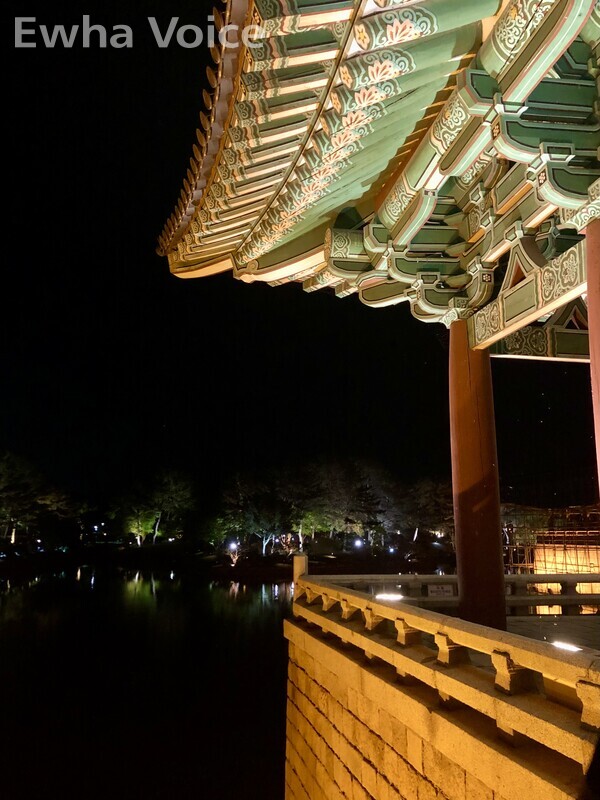Had enough of receiving Seoul or Busan as your go-to South Korean travel recommendations? Perhaps your next Korean destination ought to be an ancient city boasting a history that spans over a millennium, a city giving visitors a glimpse into the grandeur of the Silla Dynasty up to its current reputation as a historical landmark of Korea – Gyeongju.
Having once been the capital of the illustrious Silla Dynasty, there are incredibly many historical marvels to visit in this ancient city. Choemseongdae, often touted as the world’s oldest surviving observatory, boasts the advanced astronomical knowledge of the Silla people. Nearby, Cheonmachong, or “Heavenly Horse Tomb,” offers a look into Silla’s royal tombs adorned with exquisite artifacts. Venture further into the city to the serene Oleung, a cluster of five royal tombs nestled in nature's embrace, preserving the legacies of the kingdom’s rulers. Each monument is a chapter in Gyeongju’s graceful history, showing footsteps of ancient greatness.

One cannot escape the allure of Gyeongju without a stop at the Anapji, offering a view that deserves a place on a picturesque postcard. An ancient pond in the heart of the city, surrounded by pavilions and landscaped gardens, Anapji was originally built to serve as a royal garden. The ambient light and reflections of the surrounding architecture on the tranquil water at past sundown create a breathtaking scene.
Although not the most well-known of Gyeongju’s tourist spots, the Tomb of King Munmu, is worth a stop-by. Located on the scenic seaside away from the bustling heart of the city, this burial site is shrouded in both mystery and historical significance. Surrounded by the East Sea, the tomb holds the remains of King Munmu, the 30th ruler of the Silla Dynasty. His final wish to become a guardian deity of the sea is embodied in the unique design of the tomb, seamlessly blending with the natural landscape. Take a slow walk along the rocky shore and take a moment to savor a fresh breath of ocean air.

On the way back to the city from the seaside, the serenity of the Gameunsaji Pagoda beckons. A symbol of Buddhist artistry, this pagoda stands within the tranquil Gameunsaji Temple complex, not only as a religious relic but also as a testament to the artistic prowess of ancient Korean builders. Constructed during the Silla period, it boasts intricate carvings and detailed sculptures that narrate stories of Buddhist enlightenment.
No exploration of Gyeongju is complete without a stroll through the historic district of Yangdong Village. Designated as a UNESCO World Heritage site, this well-preserved village encapsulates the essence of traditional Korean architecture with its sloping tiled roofs, wooden facades, and meandering alleyways. Here, you can explore traditional Hanok houses and feel the pulse of a community that has weathered the winds of change.
Perched on the slopes of Mount Toham, further away from the heart of the city, Seokguram and Bulguksa together form a harmonious duo of Korean Buddhism’s legacy. Seokguram, a UNESCO World Heritage site, houses an exquisitely carved granite Buddha statue, another masterpiece of Silla-era artistry. Down the mountainside lies Bulguksa, an eighth-century temple complex that complements Seokguram's magnificence. This temple complex features intricate stone bridges, staircases, and pagodas, including Dabotap and Seokgatap, both of which are South Korea’s National Treasures.
As a Gyeongju visitor on the hunt for unique culinary delights, the famous Hwangnam-ppang is a must, a delightful fusion of sweet dough and a thick layer of red bean paste. While on the sweet-tooth roll, do not overlook the authentic chalbori-ppang, with its soft barely pancake wrapped around, again, a sweet red bean filling. For those leaning towards savory treats, definitely check out Gyori Gimbap with its history of over 50 years and try their signature gimbap featuring thinly sliced egg filling, a surprisingly addictive delicacy.
Gyeongju is a treasure trove of cultural richness and historical marvels, and a must-visit for travelers craving a peaceful retreat away from the fast-paced urban landscape of Seoul. A perfect destination for all seasons, consider a planning your next Korean journey through the soul of Gyeongju, where every step is a dance with history.

